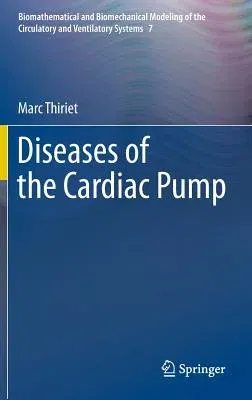Together, the volumes in this series present all of the data needed at
various length scales for a multidisciplinary approach to modeling and
simulation of flows in the cardiovascular and ventilatory systems,
especially multiscale modeling and coupled simulations. The
cardiovascular and respiratory systems are tightly coupled, as their
primary function is to supply oxygen to and remove carbon dioxide from
the body's cells. Because physiological conduits have deformable and
reactive walls, macroscopic flow behavior and prediction must be coupled
to nano- and microscopic events in a corrector scheme of regulated
mechanism. Therefore, investigation of flows of blood and air in
anatomical conduits requires an understanding of the biology, chemistry,
and physics of these systems together with the mathematical tools to
describe their functioning in quantitative terms.
The present volume focuses on macroscopic aspects of the cardiovascular
and respiratory systems in pathological conditions, i.e., diseases of
the cardiac pump, blood vessels, and airways, as well as their
treatments. Only diseases that have a mechanical origin or are
associated with mechanical disorders are covered. Local flow
disturbances can trigger pathophysiological processes or, conversely,
result from diseases of conduit walls or their environment. The ability
to model these phenomena is essential to the development and
manufacturing of medical devices, which incorporate a stage of numerical
tests in addition to experimental procedures.

